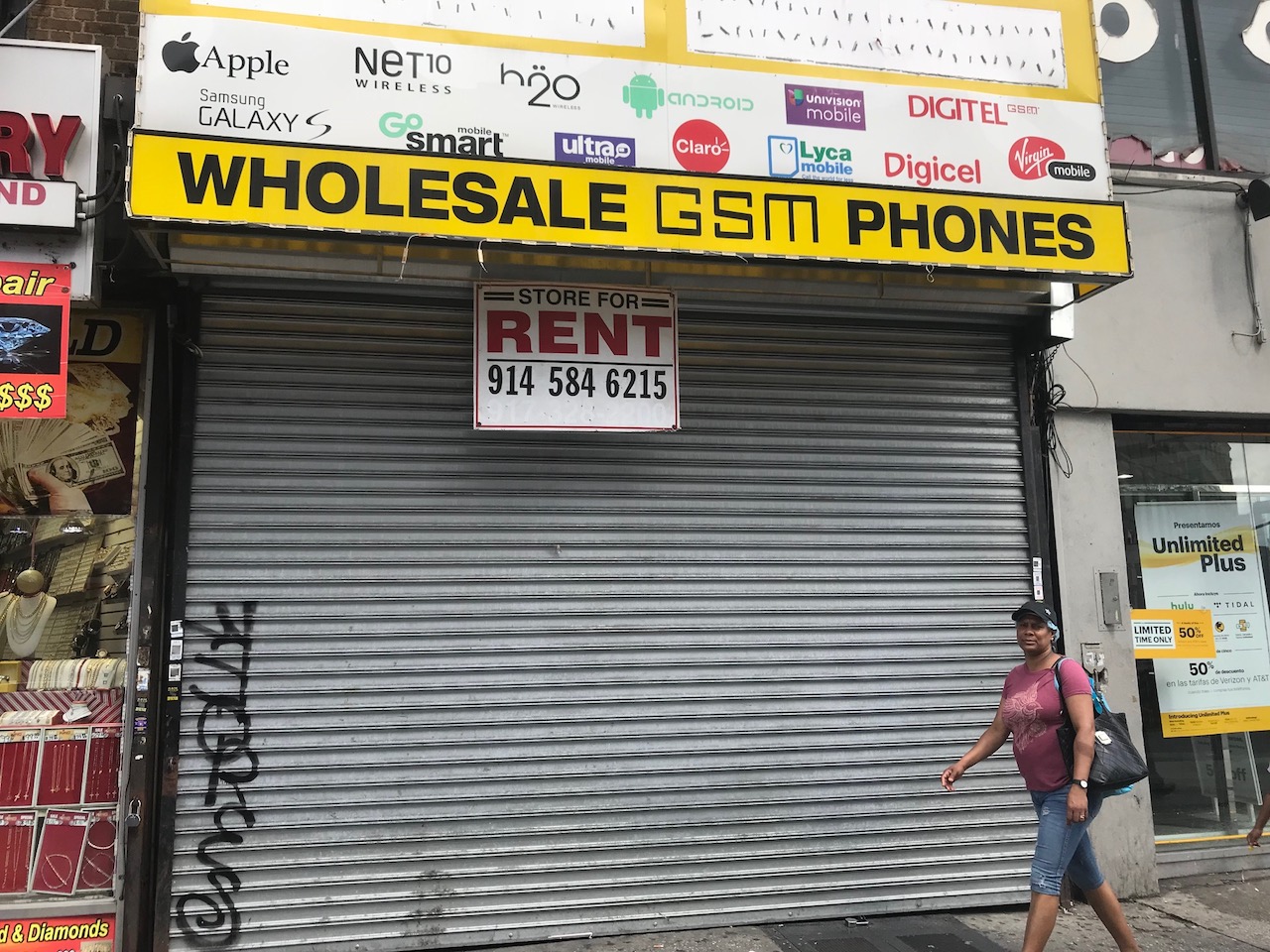Nearly two months after the Small Business Administration first offered loans to small businesses that retained employees during the Covid-19 pandemic, Bronx business leaders say the emergency funds have either come too late or not at all.
The Paycheck Protection Program, which received a second round of funding worth $310 billion on April 27 after the first $350 billion was exhausted, was supposed to be a lifeline to small businesses. But many are raising concerns over its terms.
One concern is the program’s mandate that 75% of the loans go towards employee retention at a time when many businesses cannot open or must do so with limited operations. Only 25 percent can be spent on overhead, like rent – the biggest expense many small Bronx businesses face while closed or doing little business.
The PPP loans would be forgivable if the pre-pandemic employee headcount is restored by June 30. Businesses that do not meet the terms can instead be saddled with debt that would have to be repaid.
“There’s been improvement in terms of small, locally owned Bronx businesses getting the assistance to fill out the application and packaging those documents,” said Michael Brady, CEO of the Third Avenue Business Improvement District. “Businesses that had to wait for the second round of PPP are the most vulnerable and every day that goes by, it’s one step closer to their permanent closure.”
It’s a sentiment echoed by Lisa Sorin, president of the Bronx Chamber of Commerce. She says businesses have a new concern, which is whether their attempts to secure assistance will hamper them with more debt later on.
“The bigger concern now is not so much getting the PPP, but those who have gotten it, how do they make sure they don’t get stuck with an actual loan versus a partial grant?” she said.
The Third Avenue BID, along with the Olshan Frome Wolosky LLP firm, led an online session on May 12 to inform business owners concerned about PPP forgiveness and shifting guidelines that make adherence to the policy complicated.
“The SBA continues to do this time and time again and our elected officials, while they have voiced concerns, they haven’t really done much to prevent this from happening,” he added.
After weeks of uncertainty over the guidelines for seeking loan forgiveness, the SBA on May 15 issued an 11-page application form that answered some questions but did not heed pleas to alter the 75-25 ratio of expenses that could be recovered.
Among the hardest hit businesses have been restaurants and bars, which have had to adjust to take-out and delivery service to keep their doors open while dine-in consumption has been curbed. Brady says he’s concerned long-term for those industries, as reopening guidelines will eventually only allow them to operate with a fraction of their capacity.
“I think retail, particularly in the outer boroughs, has taken and will continue to take an enormous hit because consumers have been retrained to buy online,” said Brady. “So our task is to retool those businesses to build an online presence and an online platform while also rethinking the future of ground floor retail.”
Sorin, who sits on reopening advisory committees of both the city and state, predicts that salons and barber shops, where social distancing cannot reasonably be achieved between worker and client, are likely to face the greatest number of permanent closures as the economy begins to reopen in stages.
The stores that could be most resilient, she said, will be bargain variety stores, because of the economic challenges that consumers now face.
The long-term viability of businesses in the Bronx will depend not on government agencies, but on the borough’s ability to survive and adjust, and on the entrepreneurial spirit of its business owners, Brady said.
“We were disenfranchised by the federal government through the PPP program and we were disenfranchised by the city government through the business continuity loan funds and the employee retention grant program,” he said. “But yet there are still small businesses that are fighting. And I’m heartened by that.”

